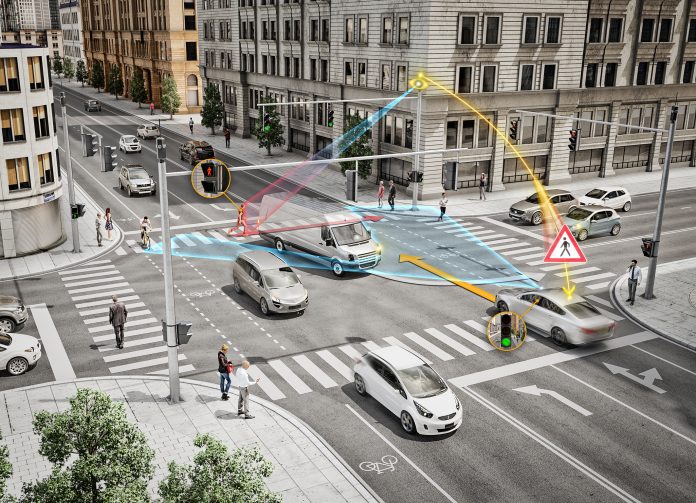- Continental and 3M will further develop infrastructure-to-vehicle (I2V) interfaces
- This unique collaboration aims to improve overall road infrastructure technology by combining the expertise of both companies
- The partnership will help increase road safety for all road users in urban and rural areas, and support the continued development of automated driving
Technology company Continental announced it has entered into a collaborative evaluation partnership with 3M to assess the infrastructure-to-vehicle (I2V) interface between infrastructure-related objects and technologies (including pavement markings, conspicuity film, signs and other landmarks on or near the roadway environment), and vehicle-related technologies.
Today’s current infrastructure is lacking some aspects of consistency, uniformity, performance specifications, and maintenance standards that are important for the industry to optimize the perception and localization capabilities of automated vehicles. While it is clear that infrastructure optimized solutions are not possible in the short term, our long-term goal is to find a more balanced solution.
Continental has a long history in automotive safety systems. This extensive know-how, combined with 3M’s innovative expertise and leadership in roadway technologies, enables the two companies to collaborate on improving the current transportation infrastructure and work toward the goal of a more balanced and intelligent infrastructure optimized future solution. The short-term goal is to help increase road safety while continuing to work toward automated driving solutions.
Continental and 3M will collaboratively evaluate the infrastructure and vehicle interface in the following ways: localization and correction services using clear environmental landmarks for locating a vehicle on a high-definition map; identification and classification of objects in urban roadway environments including urban cross-walks, signalized intersections and other stationary and moving objects to improve safety; improved awareness of objects in and around work zones and the status of the work zones; and enhanced object detection using sensor fusion detectable infrastructure-related objects.











